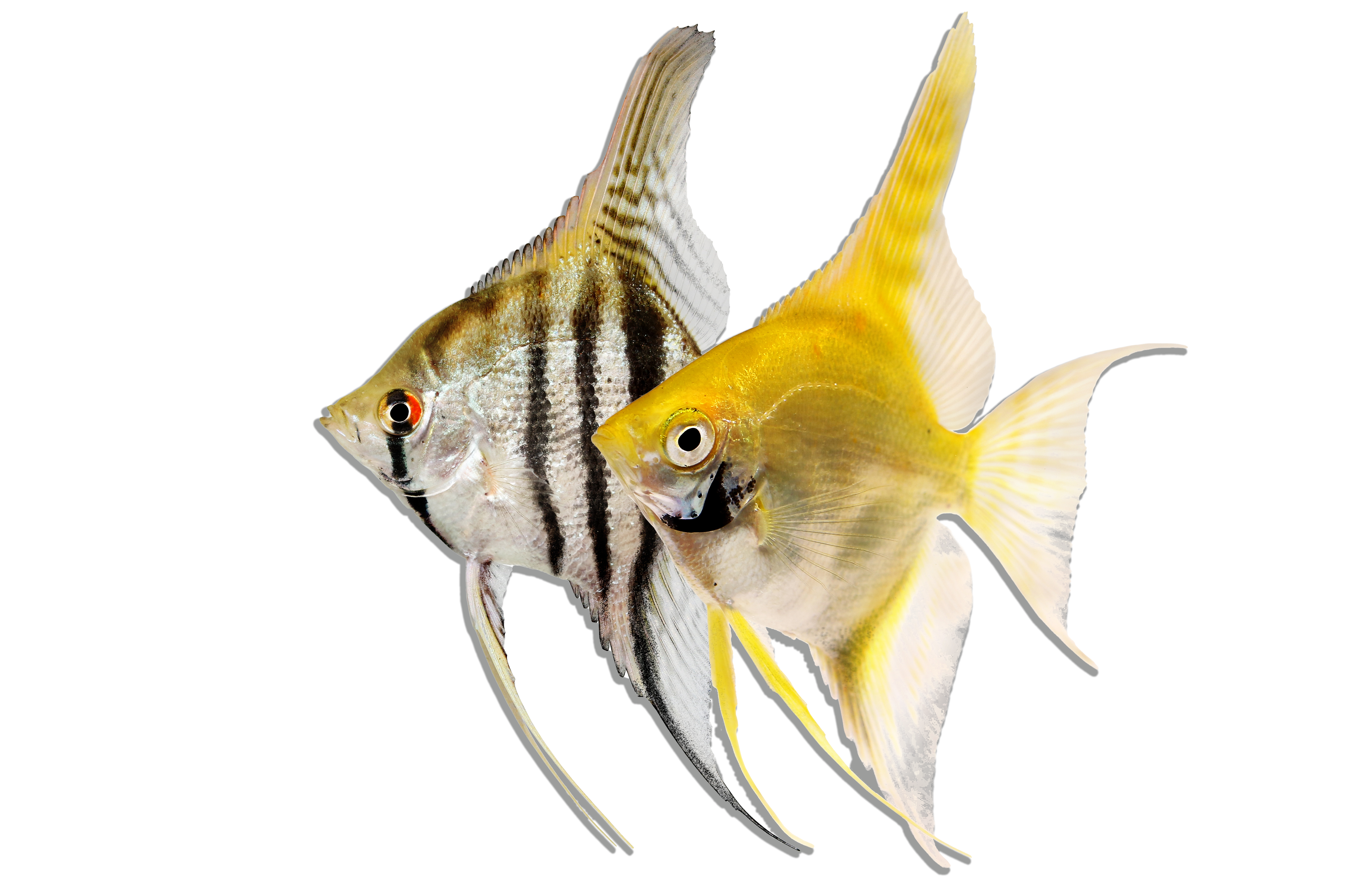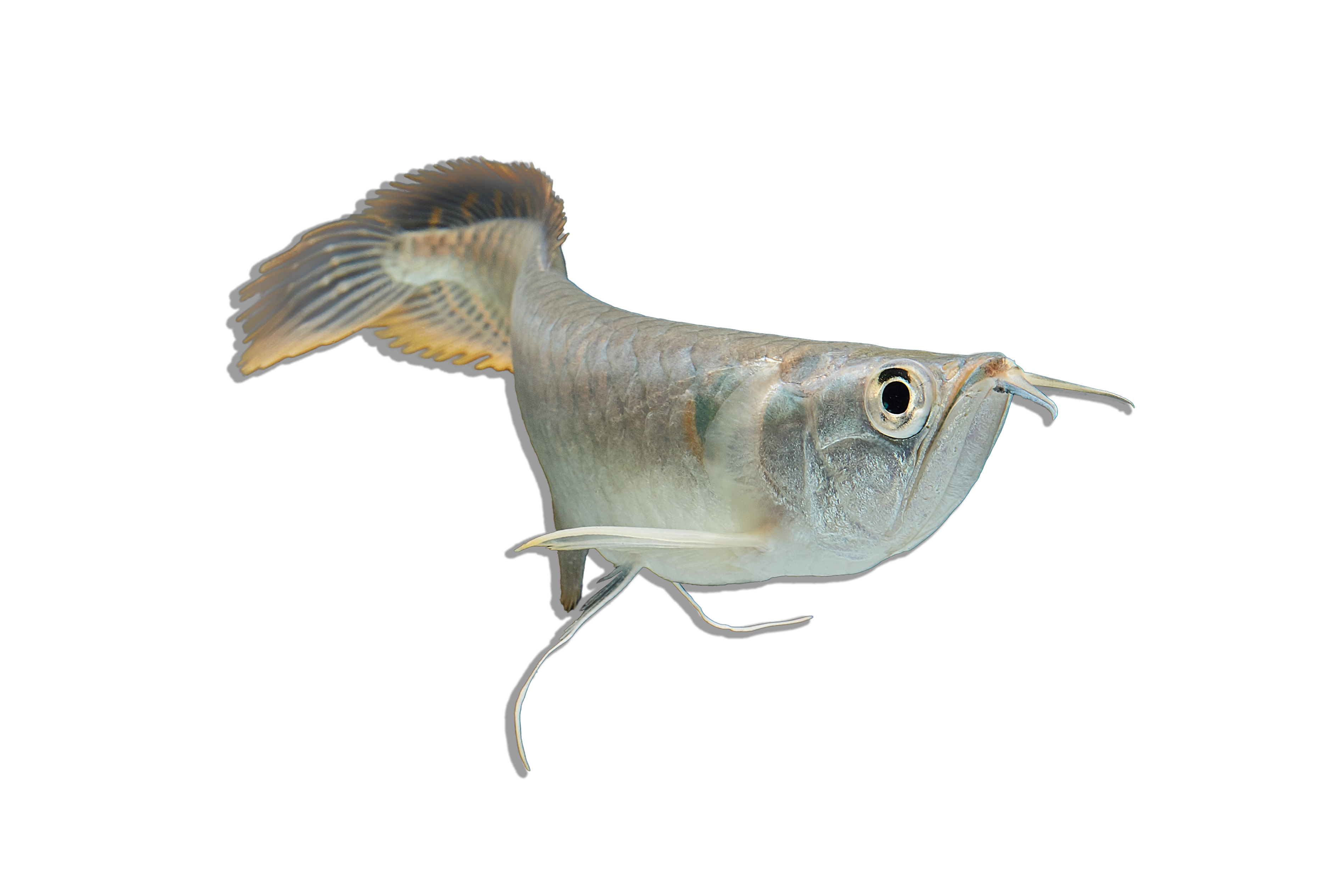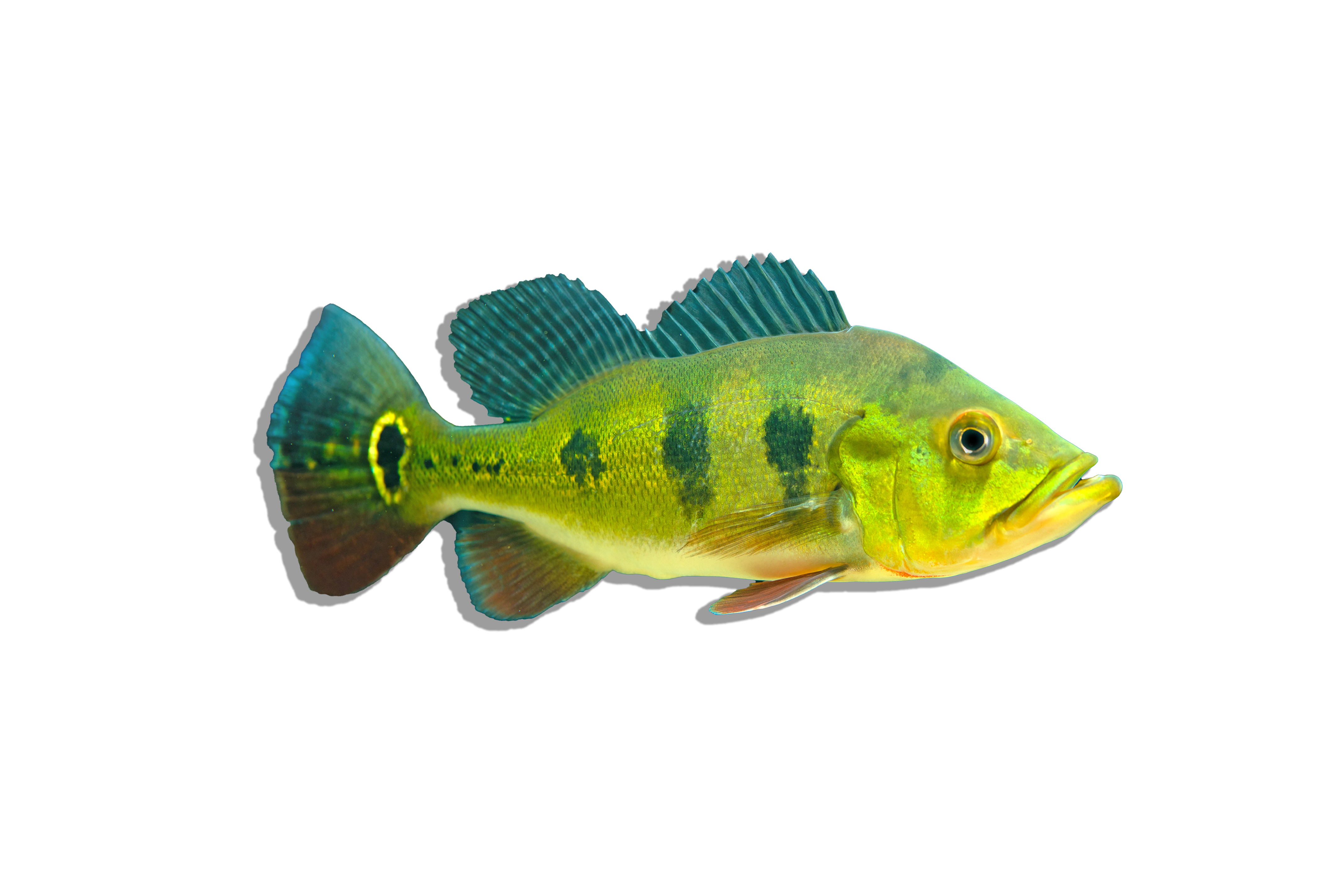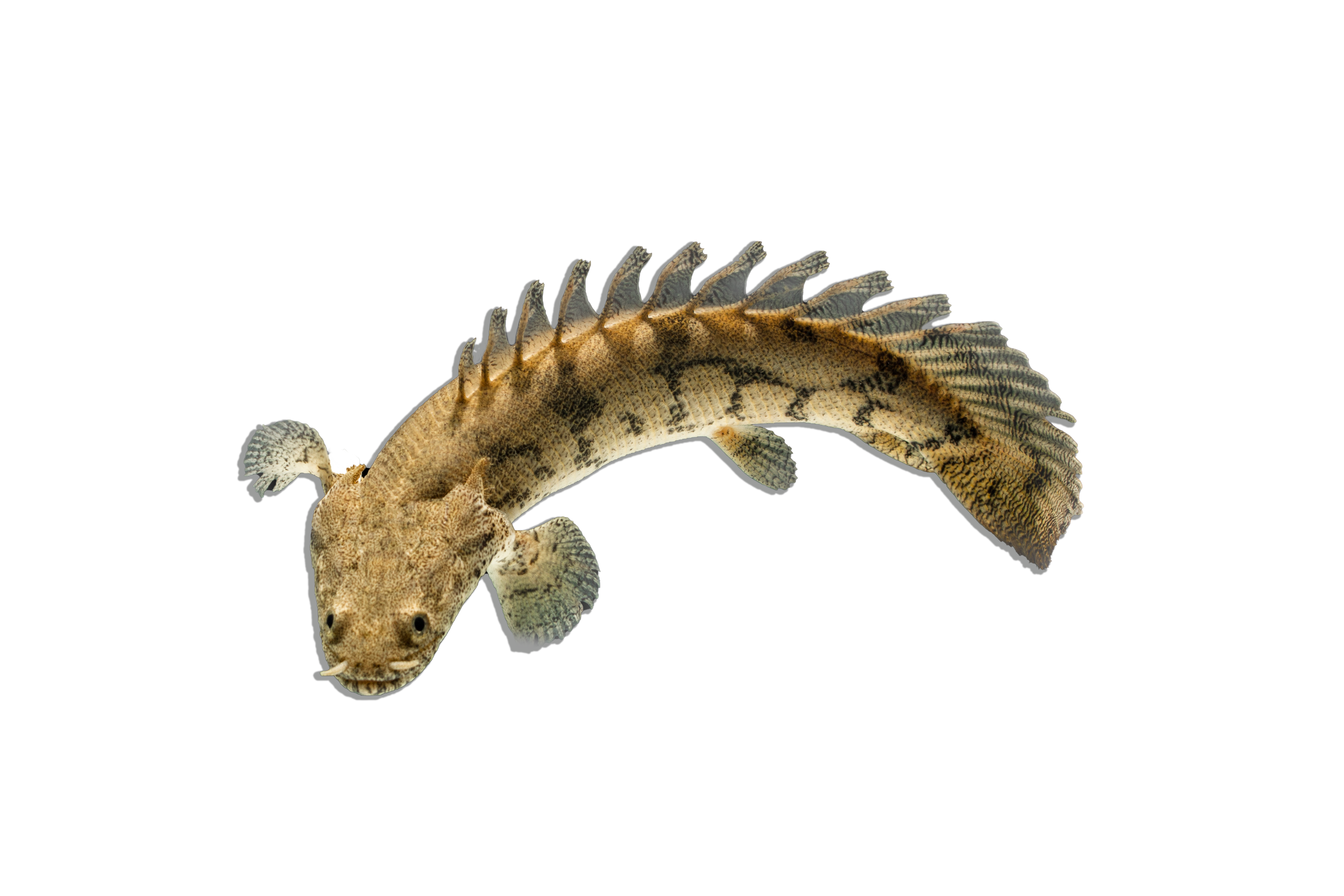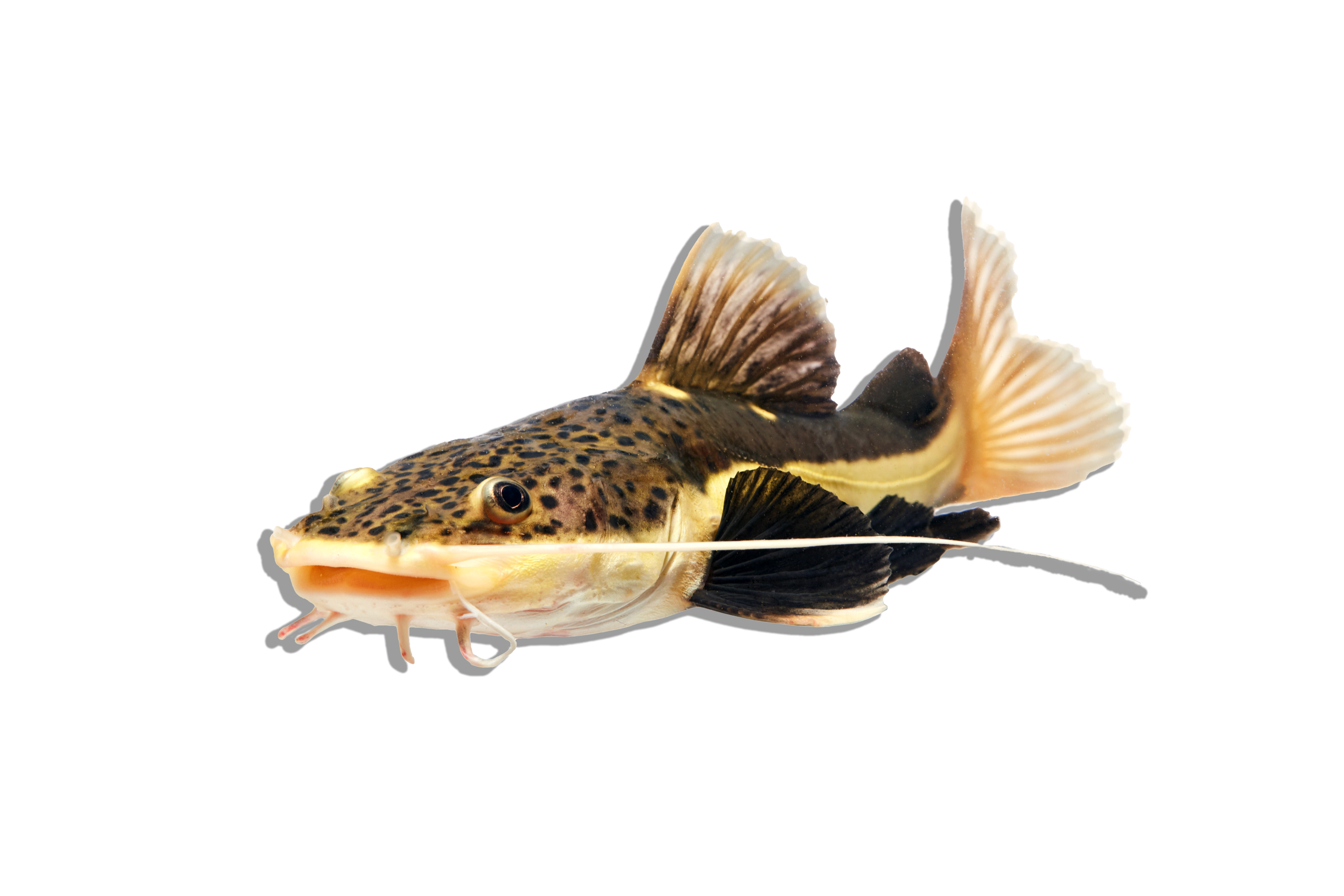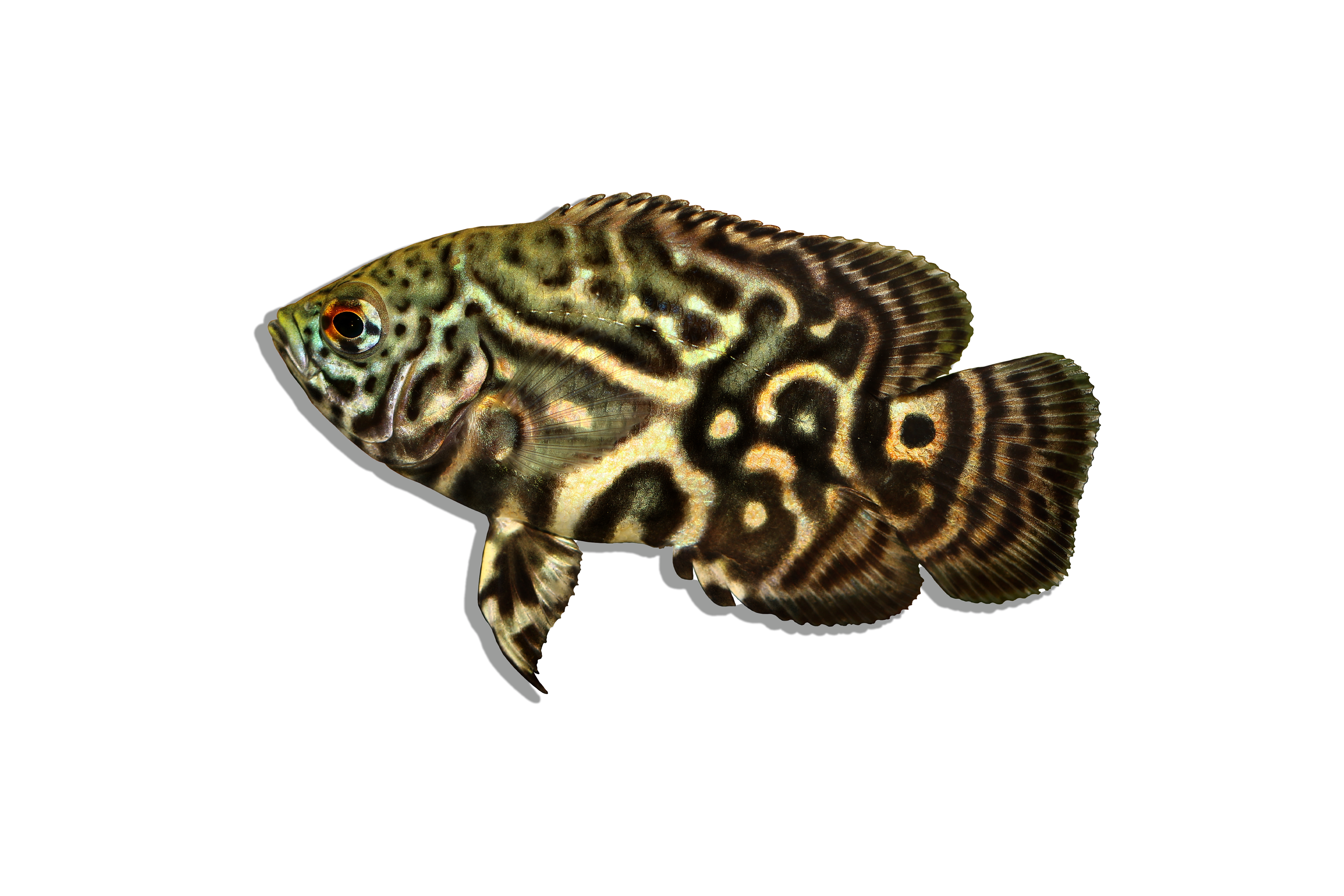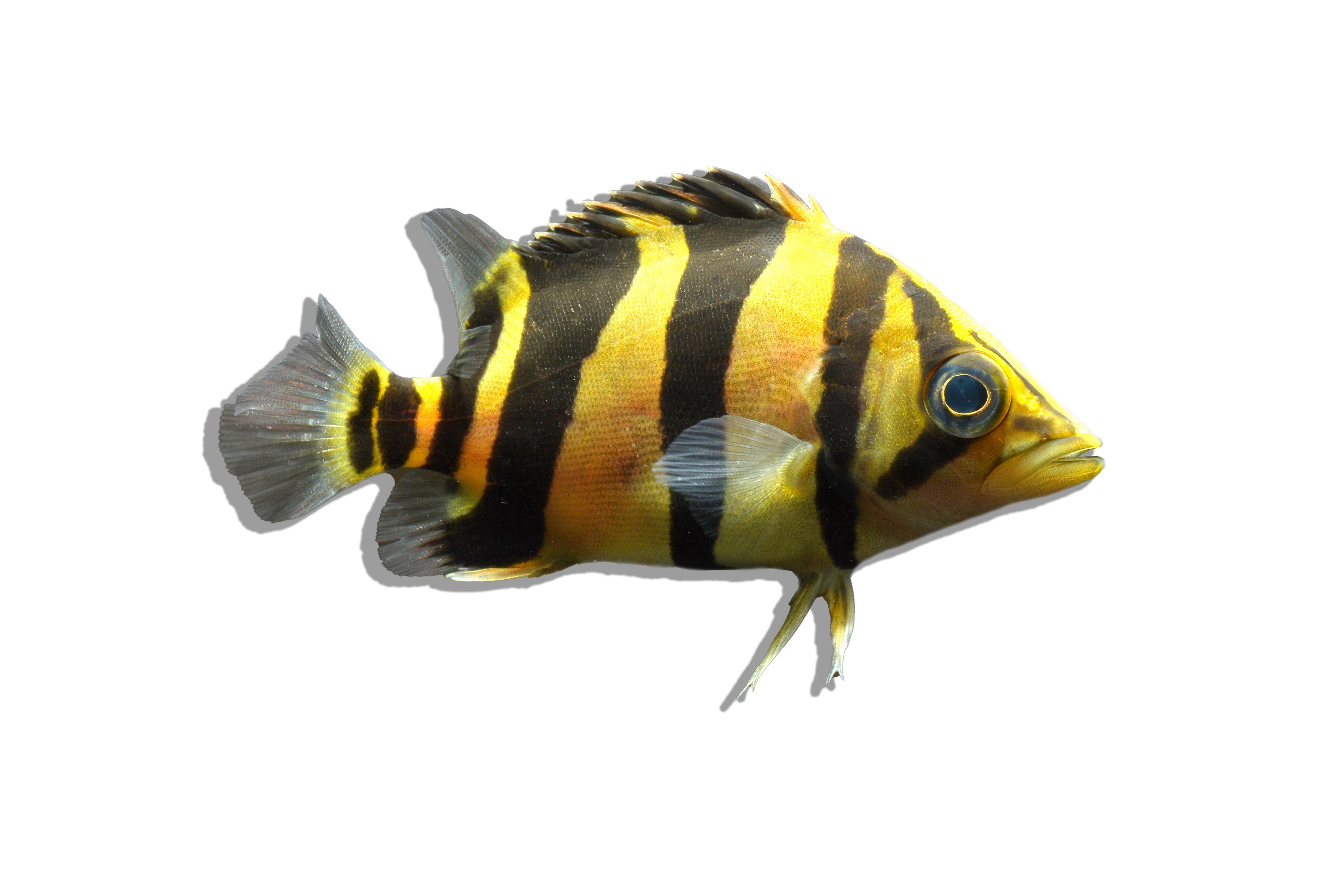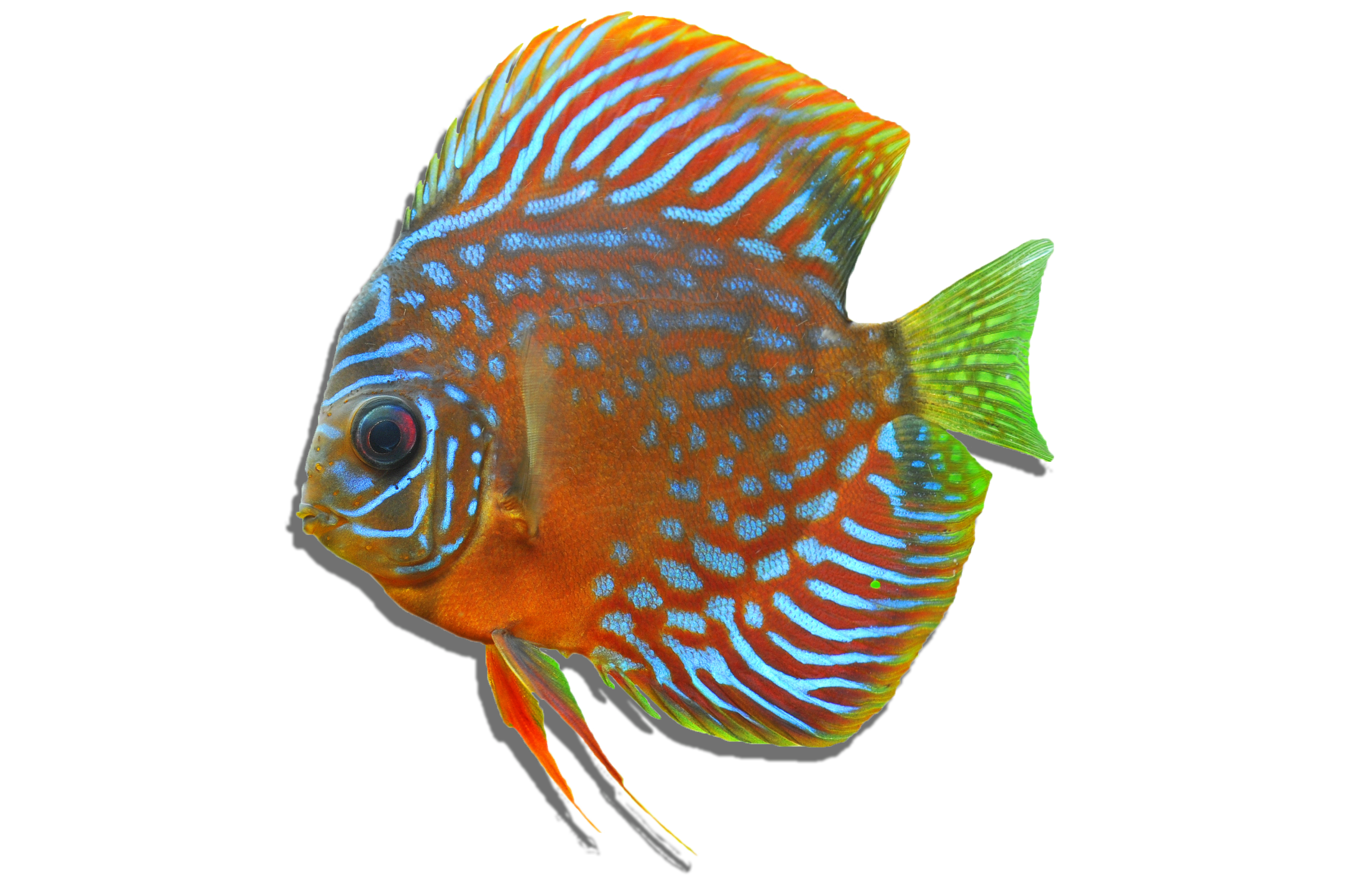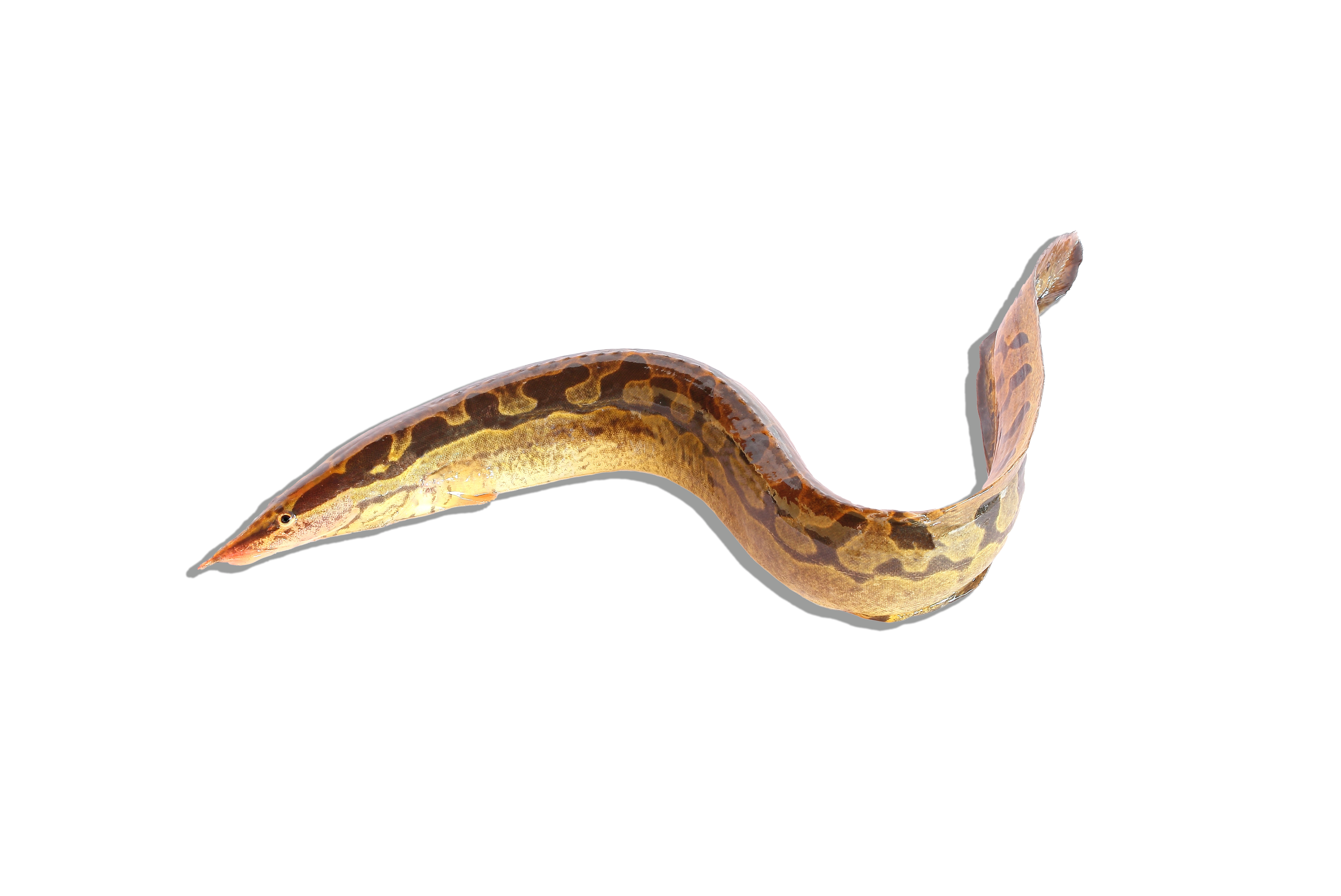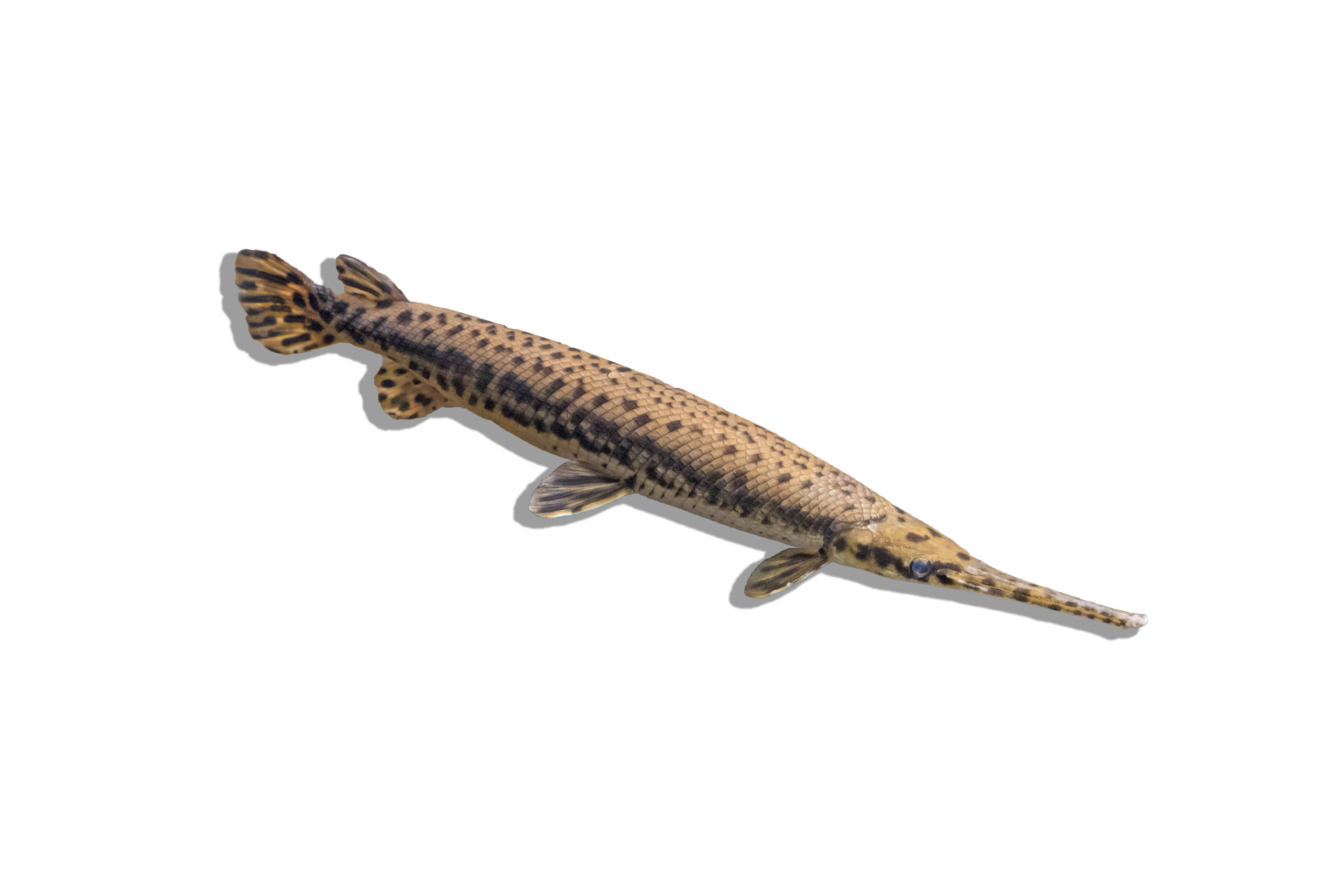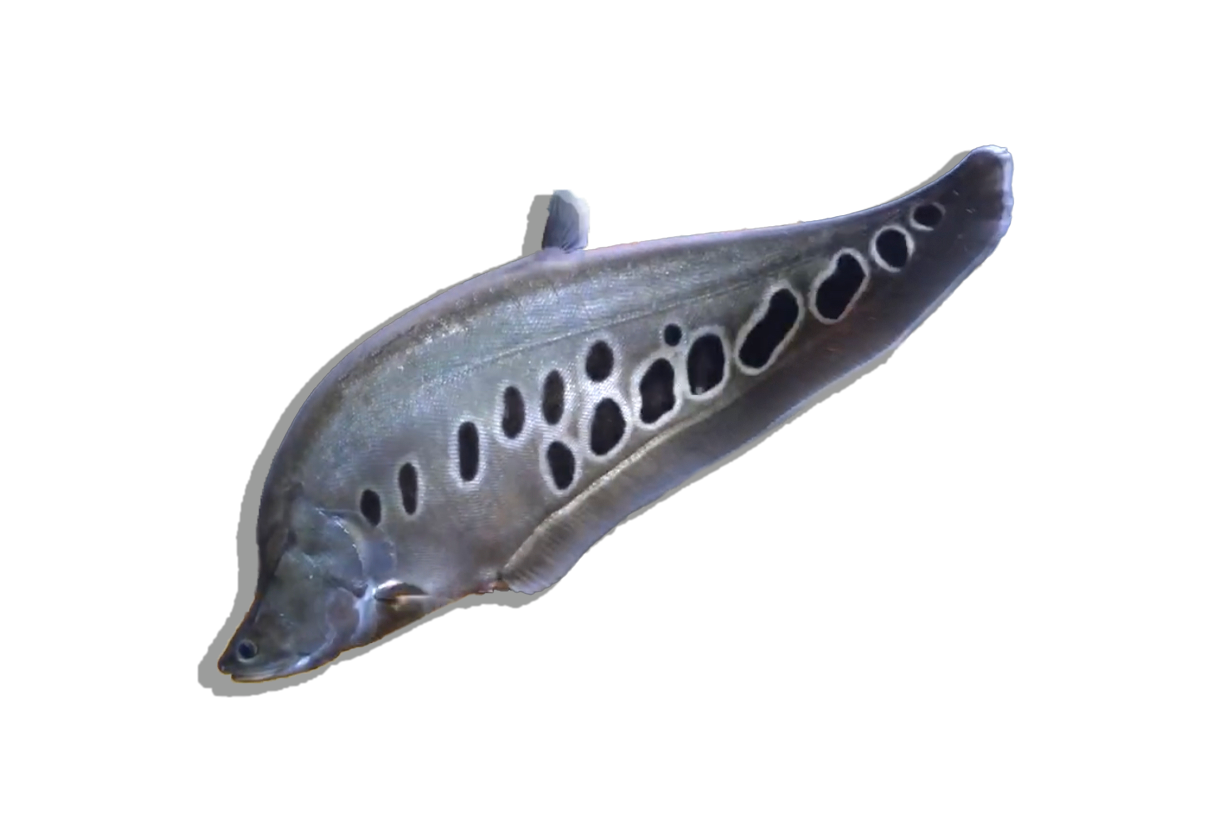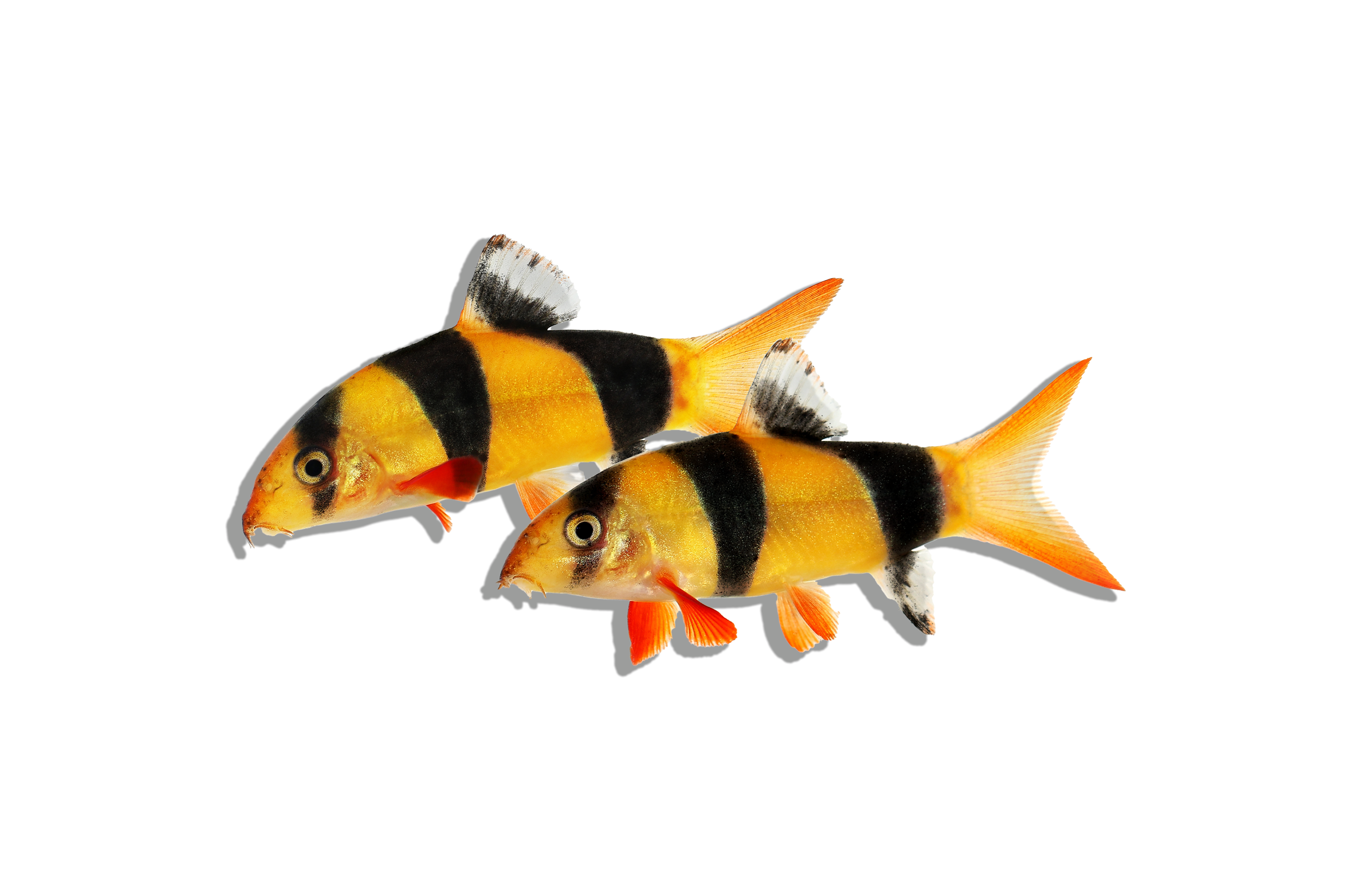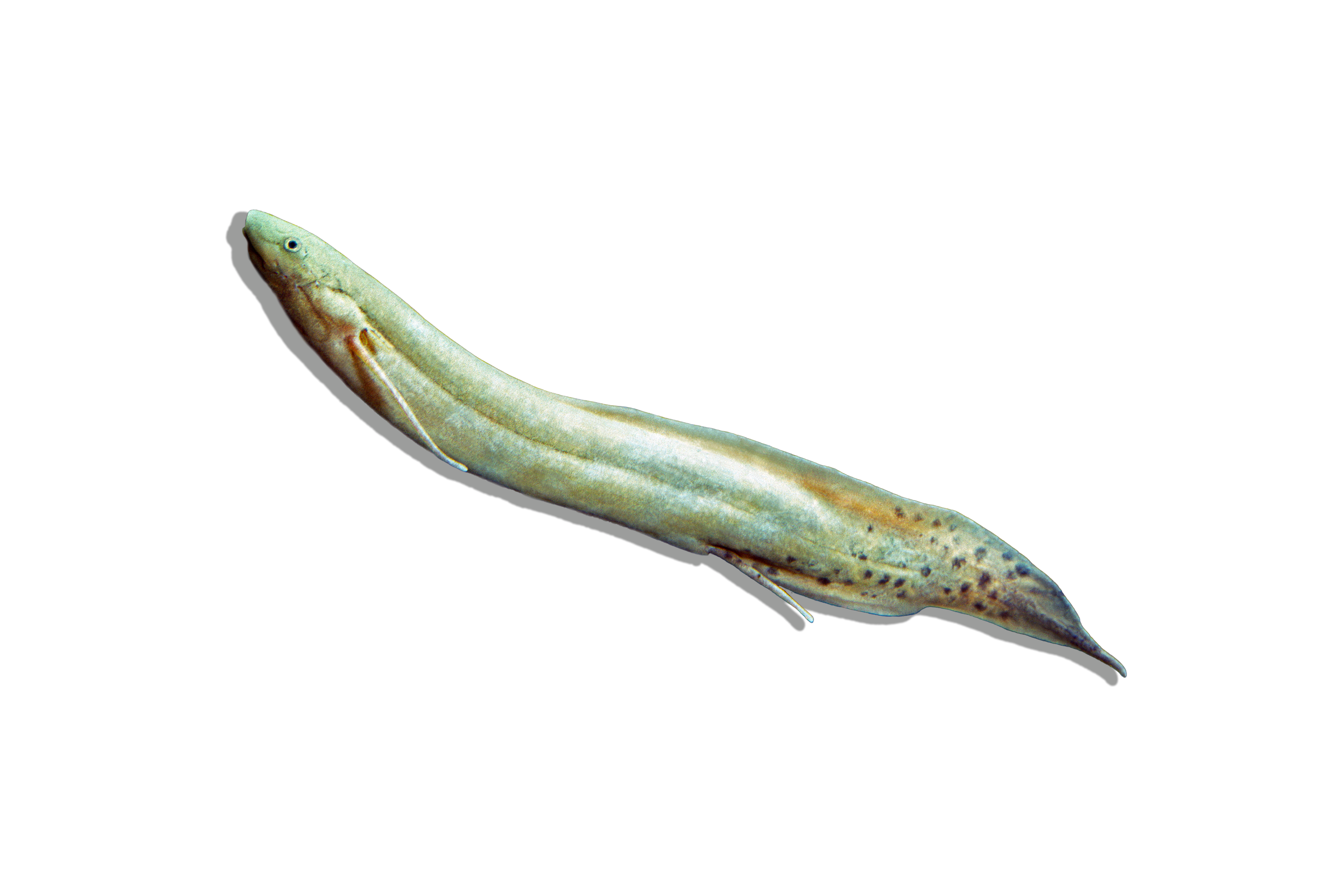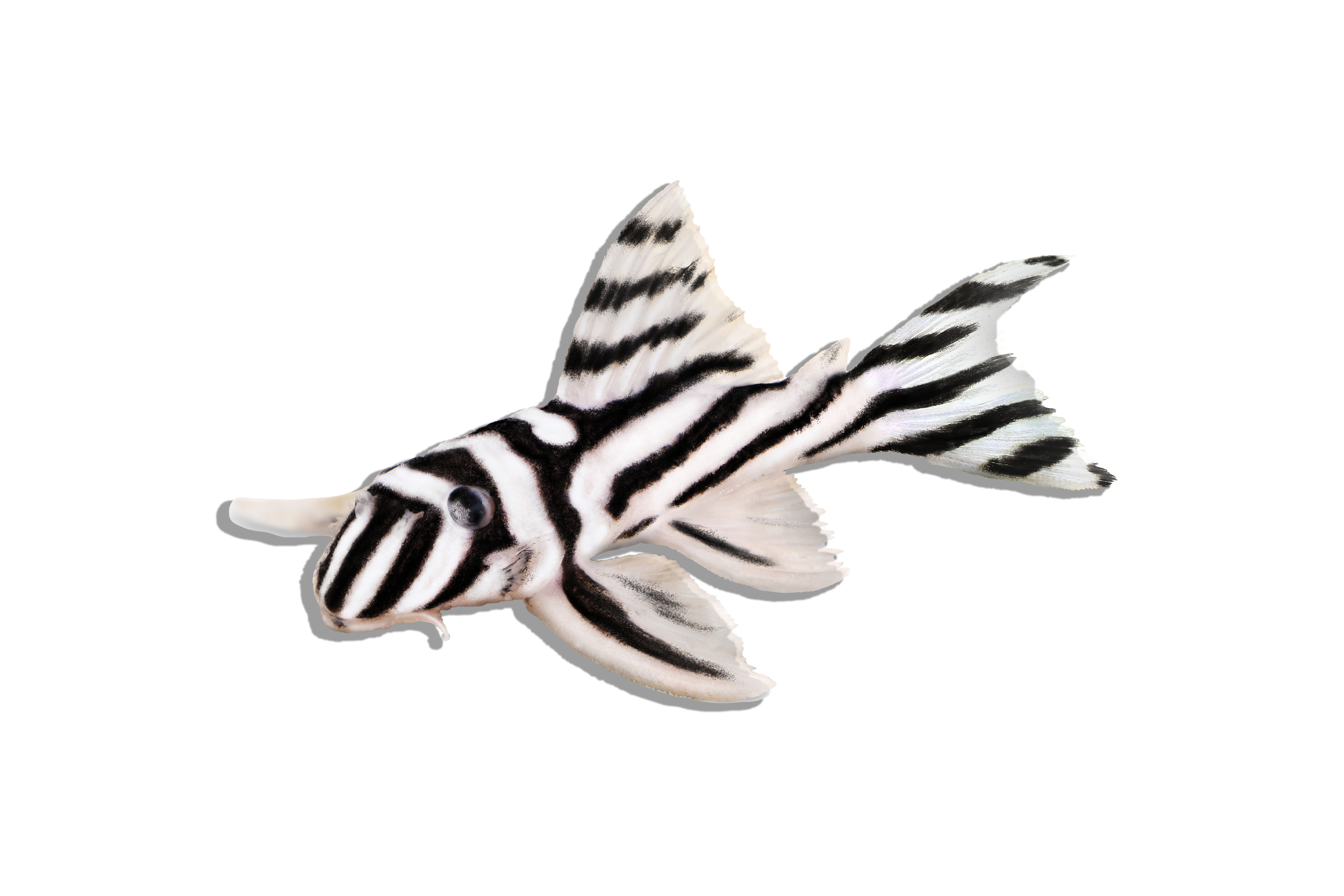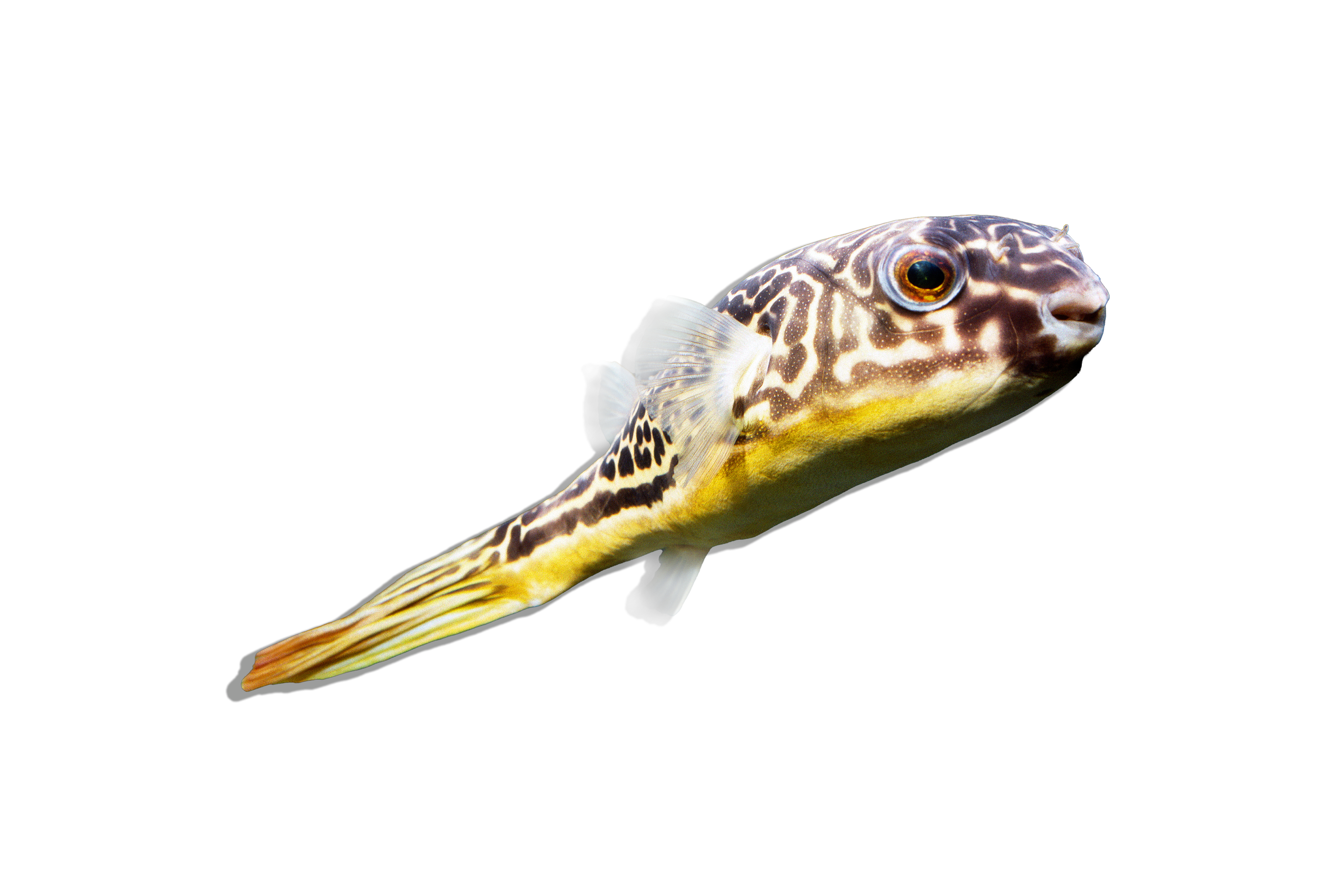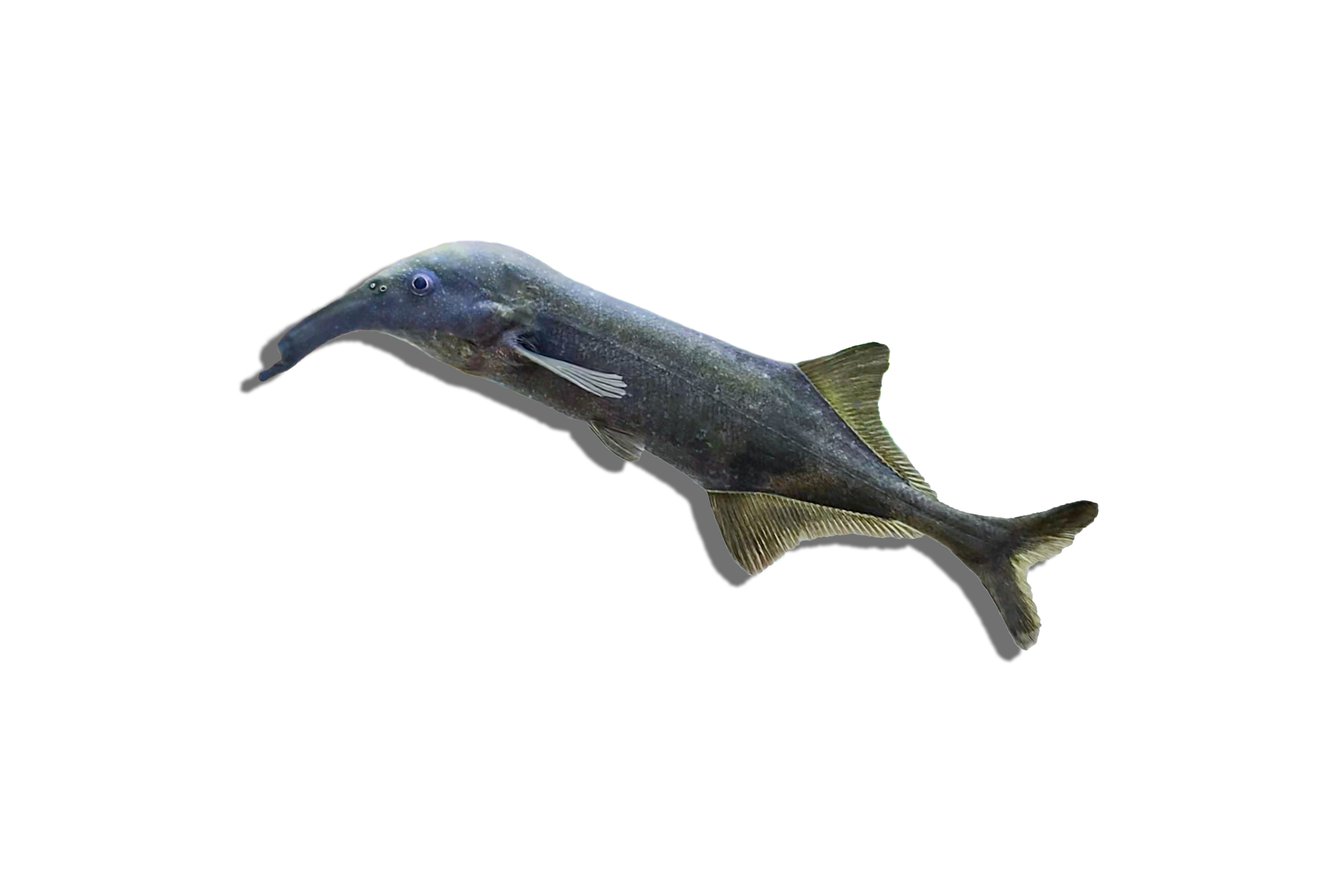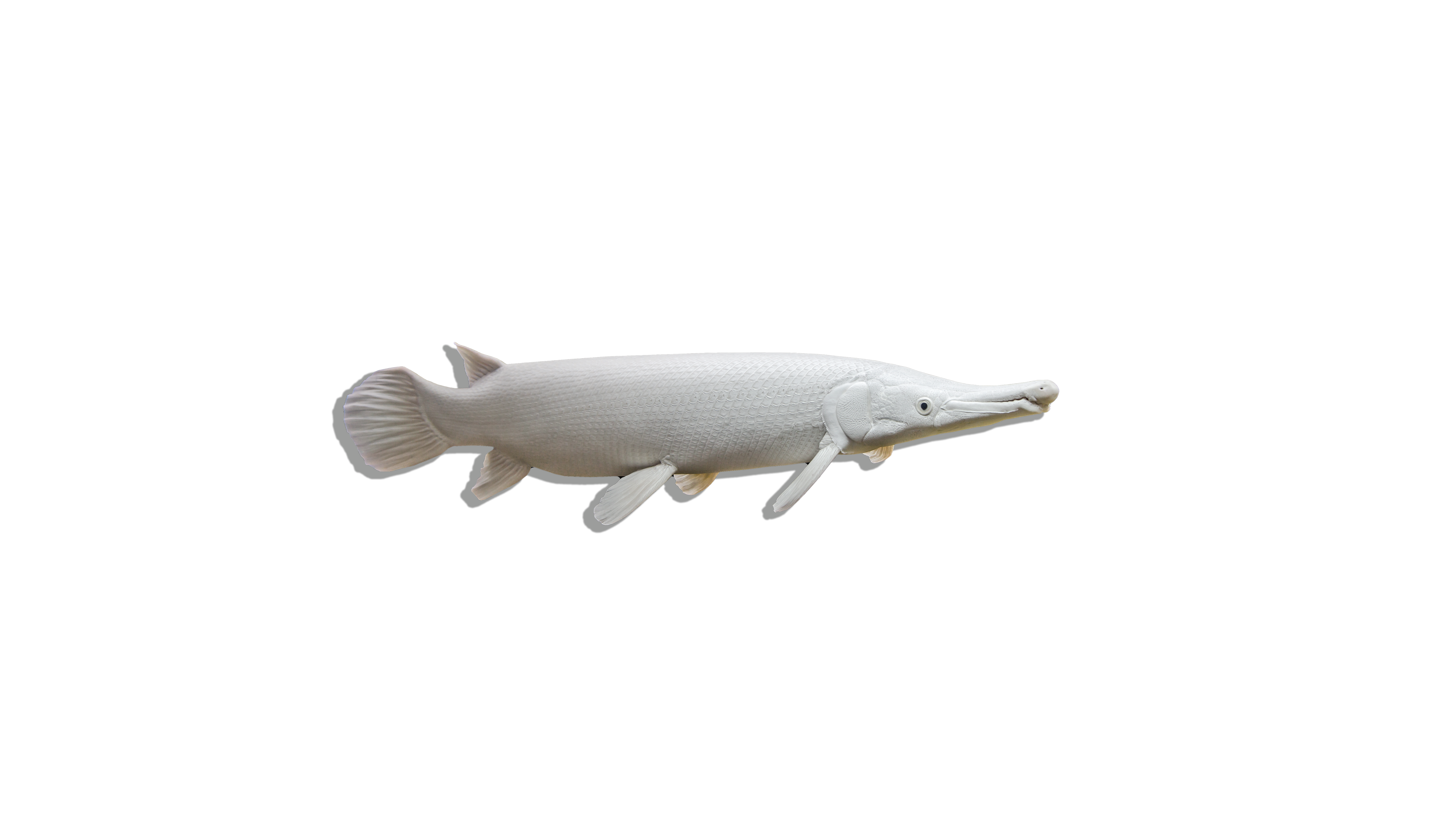Description
Common Name: Congo Bichir
Scientific Name: Polypterus congicus
Other Names: Emperor Bichir
The Congo Bichir, also known as the Emperor Bichir, has a prehistoric appearance with its elongated body and large pectoral fins. The species boasts a series of bony plates that run down its back, giving it a dinosaur-like presence. It has a primarily greyish-green coloration with occasional darker markings. Their unique and ancient appearance is what makes them a centerpiece in many aquariums.
Habitat and Distribution: Originating from Central Africa, specifically in the Congo River basin, the Congo Bichir thrives in freshwater habitats with muddy or sandy substrates. Its body is perfectly adapted for life in murky waters with low visibility, with its sensitive barbels detecting food and its pectoral fins allowing it to "walk" on the substrate.
Size and Lifespan: In the wild, Congo Bichirs can reach lengths of up to 3 feet, but in captivity, they generally grow to about 2 feet. Proper care can lead to a lifespan of up to 15 years or more.
Diet and Behavior: Primarily carnivorous, they feed on smaller fish, crustaceans, and worms in the wild. In a home aquarium, they should be given protein-rich pellets, frozen blood worms, and chopped raw tilapia. They are nocturnal predators, often lurking at the bottom waiting for prey. While generally peaceful, they might eat smaller tank mates.
Breeding and Reproduction: Not commonly bred in home aquariums, the Congo Bichir has a unique method of reproduction where the male fertilizes eggs held within the female's pelvic fins. In commercial breeding, specific conditions are replicated to encourage spawning.
Aquarium Care and Tank Requirements: A minimum of a 180-gallon tank is recommended for an adult due to their potential size. They need plenty of hiding spots and prefer dim lighting. Sand substrate is ideal, as it protects their delicate underbellies. They benefit from a moderate water flow and a well-filtered tank.
Ideal Tank Mates: Ideal companions are larger, non-aggressive species. Smaller fish may become prey. They can be kept with their own kind but should be of similar size to avoid cannibalistic tendencies.
Difficulty Level: Intermediate. Their size and specific requirements might pose challenges for beginners, but their resilience and adaptability can make them easier for seasoned aquarists.
Water Parameters:
- Temperature: 76-82°F (24-28°C)
- pH: 6.5-7.8
- General Hardness (GH): 8-15 dGH
- Carbonate Hardness (KH): 5-12 dKH
- Ammonia: 0 ppm
- Nitrite: 0 ppm
- Nitrate: <20 ppm
Additional Information:
- Their ancient, almost dinosaur-like appearance sets them apart from many other aquarium species.
- In some local African cultures, they are considered a delicacy and are sometimes caught for food.
- Their conservation status remains largely unassessed, but like many species, they face threats from habitat loss and overfishing.

